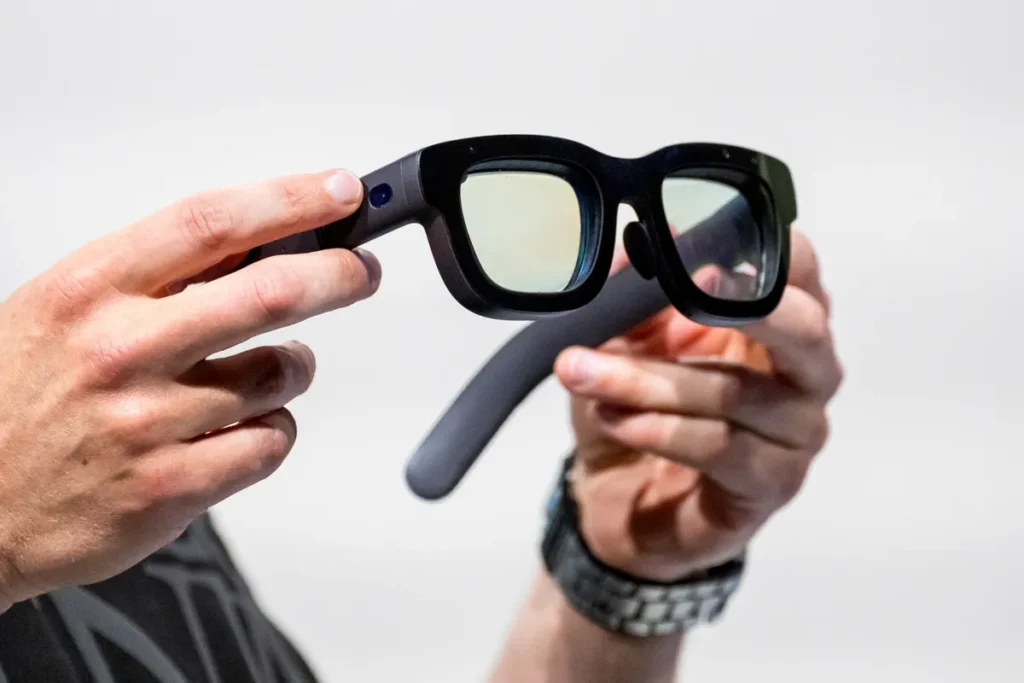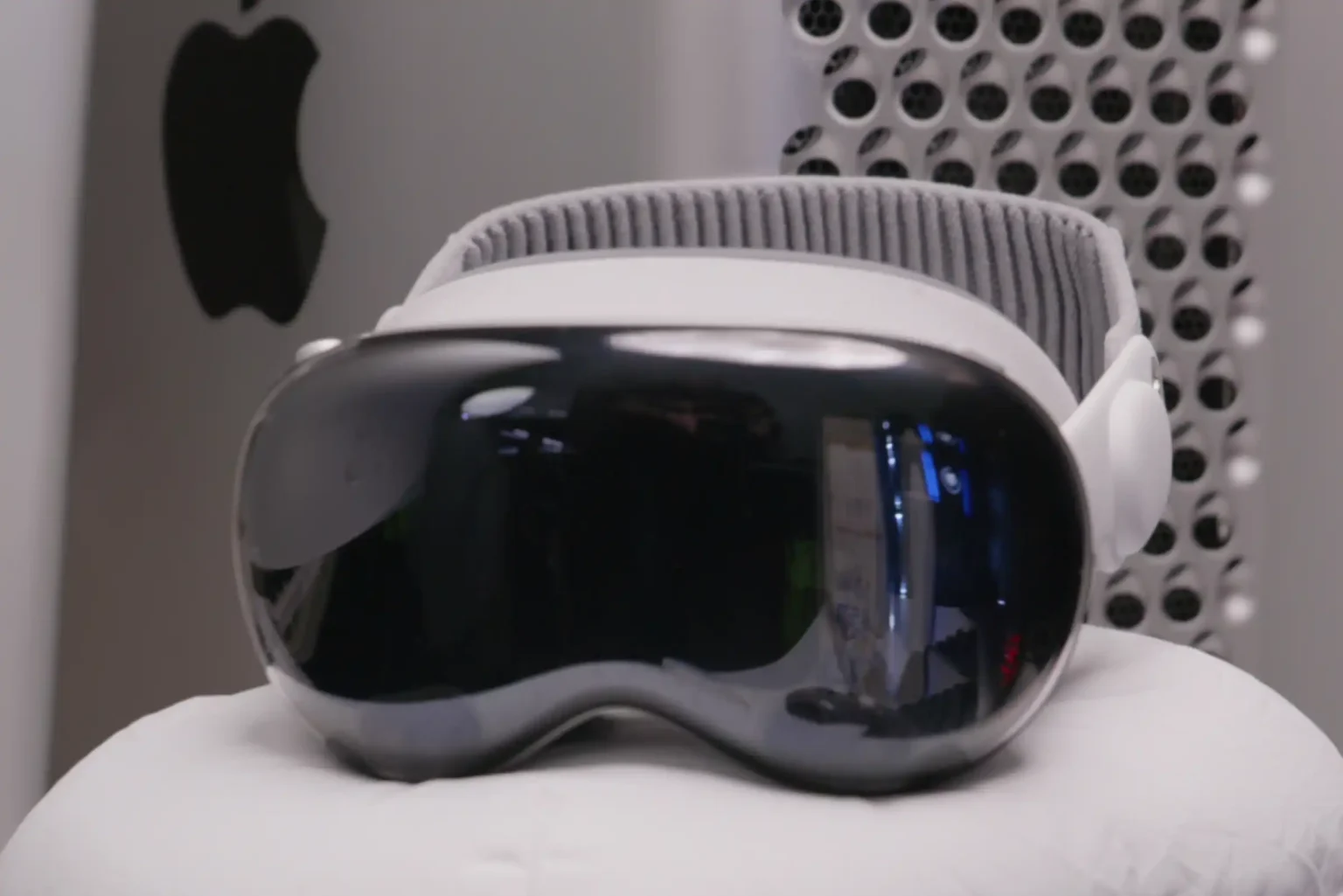Apple Inc. has canceled a project to build advanced augmented reality glasses that would pair with its devices, marking the latest setback in its effort to create a headset that appeals to typical consumers.
The company shuttered the program this week, according to people with knowledge of the move. The now-canceled product would have looked like normal glasses but include built-in displays and require a connection to a Mac, said the people, who asked not to be identified because the work wasn’t public. An Apple representative declined to comment.
It seems Apple’s plans for making AR glasses are not dead after all, though it might take some time before the company puts them on the shelves. Bloomberg recently reported that Apple has shelved its AR smart glasses project, just like its doomed car project.
Now, the outlet claims that Apple has not entirely given up on that category. I’m told that Apple’s long-term goal of standalone AR glasses remains intact, and the company will keep working on underlying technology — like screens and silicon — to help make such a device more feasible,” writes Mark Gurman in the latest edition of his PowerOn newsletter.

Apple’s rumored shelving of the smart glasses project seemed rather odd from the get-go, especially at a time when the form factor is finally catching up steam as a new form of computing. In fact, the smart glasses segment is quite vibrant, even more so than phones and laptops at a foundation level.
The likes of RayNeo, Xreal, and TCL are making glasses with a display unit integrated behind the main lens, opening the doors for immersive computing and content consumption. Razer and Amazon make Bluetooth-connected glasses without a display unit, but they connect with phones for handling calls and music playback.
Even the more ambitious ideas are coming from upstarts. Take for example the Halliday Glasses, which ditch the conventional display unit concept and use an “invisible” optical module. Then we have the Even Realities G1 glasses, which integrate the optical and display lenses for an amazingly minimalist way to show information.

The big dogs are not too far behind. Meta’s Orion smart glasses, which were recently showcased by CEO Mark Zuckerberg, employ holographic glasses capable of overlaying 2D and 3D content in real-time atop a person’s world-view. Google has also given us glimpses of its wearable vision over the past couple of years.

Apple’s own work with smart glasses, which was in development under the codename N107, was apparently no slouch either.
The N107 device had advanced projectors that could display information, images and video in the field of view for each eye, similar to augmented reality glasses being developed by Meta and others, as per Bloomberg.
The internal development units of the smart glasses were also equipped with lenses that could automatically adjust their tint level.
Apple will reportedly continue to work with the underlying tech stack and still aims to create a pair of compelling smart glasses that strike the right balance between comfort, firepower, and immersive capabilities.
Prototypes of the device were light enough to not require a strap to wrap around a wearer’s head — a requirement of the heavier Vision Pro. Apple also removed the front-facing screen on today’s Vision Pro that shows a wearer’s eyes. Though that technology is one of the more memorable aspects of the current headset, the feature adds cost and weight.

But the device did still have some bells and whistles: The company worked on including lenses that could change their tint depending on what a user is doing. The idea was to tell an onlooker if the person is present and approachable — or busy working on computing tasks.
The N107 decision marks at least the second time Apple has walked away from an AR project. Around two years ago, it shelved its first effort, a project code-named N421. Apple had originally aimed to bring those glasses to market around a year after the initial Vision Pro. Apple canceled N421, in part, to focus on a new mixed-reality headset code-named N109, which has been discussed as a cheaper variant of the Vision Pro’s VR-based design.
Company executives were originally compelled by the N107 idea because of past success with devices like the Apple Watch and AirPods, which serve as accessories to its main products. In recent years, Apple’s Wearables, Home and Accessories segment has eclipsed its Mac and iPad divisions in revenue.
The failure of the N107 glasses leaves Apple with one fewer avenue for finding a new hit product. So far, the Vision Pro doesn’t have mass consumer appeal.
Within Apple, the Vision Pro’s slow sales were initially blamed on its hefty price tag — roughly seven times the level of Meta’s Quest 3 headset. But there’s been another, more troubling development: People who already own the device aren’t using it as much as the company had anticipated.
That puts Apple in a quandary. Even if it can make a headset cheaper and lighter, it still has to figure out how to make the product resonate with consumers.




